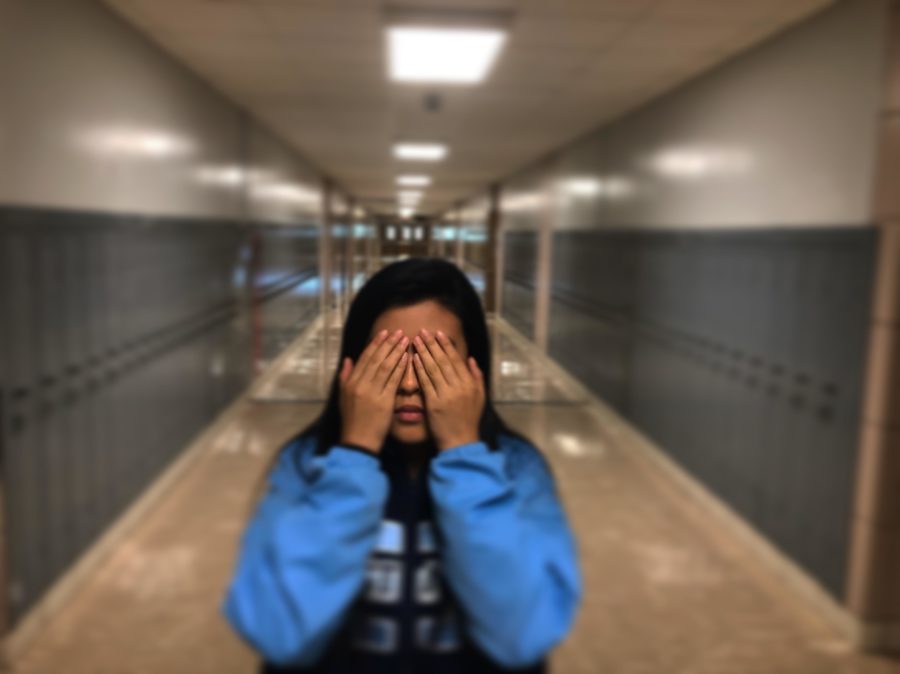DGS paints a picture that lacks color
Representation in DGS staff isn’t seen and seems untouched.
When I’m walking through the halls of DGS, I see adults roam past that look everything but similar to me.
I see people of color presented in news, books and movies accomplishing great amounts of success and smashing racial stereotypes and obstacles; however, I wonder why I see racial diversity in many different schools on social media except for DGS. Most of all, I wonder why most of my teachers are primarily white.
Growing up I lived in Chicago where the population was extremely diverse; out of all of my friends, there was only one that was white. My teachers were Hispanic and Black, and that was something I was familiar with. After moving to the suburbs, my culture shock was off the charts.
Not only was the majority of the student body white, but so were my teachers.
Teachers are people that students spend a majority of their educational lives with and that is a fact. By DGS not having enough people of color in their teaching staff, students of color are left without a role model within the building to show they can accomplish the same professional success as white people in their life. When I see that the majority of the teaching staff’s race is white, it makes me feel like I would not be able to get the same profession in the area if I tried.
While the staff and administration are culturally sensitive, it is not the same as connecting to someone who is the same race as you. Any teacher can teach the material, but it’s different when a teacher can connect to a student when they are teaching it.
Because of the different angles and perspectives a student can experience, having racially diverse teachers and administration would support all students in becoming culturally well rounded — regardless of their ethnic background.
What’s even more interesting to me is that according to the Illinois Report Card, the last five years of teacher diversity was 96-98% White. The student racial/ethnic diversity consists of 59.3 white, 11.3 Black, 18.6 Hispanic and 7.4% Asian.
It seems that, as the student body becomes more diverse, the teaching staff remains stagnant. How can DGS staff advocate towards people going through racial-related problems if they don’t properly understand the hardships a student of color can face?
Staff that accurately represents the student body would give a sense of comfort to students facing acts of prejudice and discrimination.
DGS preaches that teachers are available for any sort of help including personal issues. As a minority student that attends DGS, it’s unlikely I would go to a teacher for advice when it comes to racial issues. Even though they may listen, it’s not the same as truly understanding the challenges I face.
An addition of minorities in the staff would be ideal, but the hiring of new positions is not a decision I can make. The question is, what is our district doing to recruit minority teachers and administrators to support our growing number of diverse students? Perhaps this question will be addressed and solved before it turns into a bigger issue than it already is.


